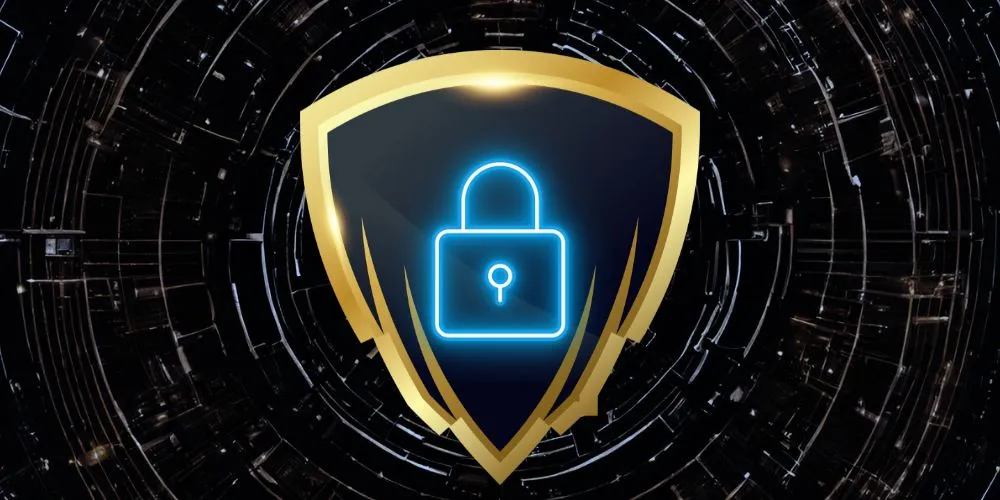In an era where data breaches and cyber threats are increasingly common, procuring effective cybersecurity solutions is crucial for safeguarding sensitive information and possessing the trust of customers and stakeholders.
Guide to Procure Cybersecurity Solutions
Whether you’re a small business owner or an IT manager for a large corporation, this step-by-step guide will help you procure cybersecurity solutions for robust data protection.
Assess Your Security Needs
Before investing in cybersecurity solutions, assess your organization’s specific safety needs. Consider factors such as the type of data you handle, the regulatory requirements you must comply with, your budget constraints, and your existing security infrastructure. Understanding your unique security requirements is essential for making informed decisions throughout the procurement process.
Define Your Budget
Establish a clear budget for cybersecurity solutions. Determine how much you can allocate to cybersecurity without compromising other essential aspects of your business. Remember that cybersecurity is an investment in risk mitigation and data protection, and the cost of a data breach or cyberattack can far exceed the initial investment in security measures.
Identify Key Stakeholders
Identify the key stakeholders involved in the procurement process. It typically includes IT staff, security experts, executives, and legal and compliance teams. Collaborating with these stakeholders ensures that all relevant perspectives are considered when selecting and implementing cybersecurity solutions.
Research Cybersecurity Solutions
Conduct thorough research to identify cybersecurity solutions that align with your organization’s needs and budget. Explore various cybersecurity tools and services categories, including antivirus software, firewalls, intrusion detection systems, encryption solutions, and security information and event management (SIEM) platforms. If outsourcing is an option, consider both on-premises and cloud-based solutions, as well as managed security services.
Prioritize Security Features
Prioritize security features based on your organization’s requirements. For example, encryption and access control may be top priorities when handling sensitive customer data. A web application firewall (WAF) could be essential if your business depends heavily on web applications. Additionally, consider features such as real-time threat detection, incident response capabilities, and ease of integration with your IT infrastructure.
Evaluate Vendor Reputation
Research the reputation and track record of cybersecurity solution providers. Look for reviews, case studies, and customer testimonials to achieve insights into the effectiveness and reliability of their products or services. Reputable vendors often have a history of successful implementations and satisfied clients.
Request Proposals and Quotes
Contact potential vendors and request detailed proposals and quotes based on your requirements—request information about licensing costs, ongoing support, and any additional fees associated with implementation or customization. Be transparent about your budget constraints to ensure the proposed solutions are financially feasible.
Conduct Vendor Assessments
Perform a comprehensive assessment of potential vendors. Evaluate their technical expertise, customer support quality, and ability to provide timely updates and patches. Additionally, assess their commitment to compliance with data protection regulations, essential for handling sensitive information.
Request References
Request references from the vendor to speak with their existing clients. It allows you to gather firsthand insights into the vendor’s performance, responsiveness, and the overall effectiveness of their cybersecurity solutions. References can provide valuable information that may not be readily available through marketing materials.
Consider Scalability and Future Needs
Think about the cybersecurity solution’s scalability and how it can adapt to your organization’s future needs. As your business grows or technology evolves, your security requirements may change. Ensure that the chosen solution can accommodate these changes without requiring a complete overhaul of your cybersecurity infrastructure.
Negotiate Contracts
Engage in contract negotiations with the selected vendor. Pay close attention to the terms and conditions, including licensing agreements, service-level agreements (SLAs), and data protection clauses. Clarify any ambiguities and ensure the contract aligns with your expectations and budget.
Implement and Train
Once you’ve procured the cybersecurity solution, plan for its implementation and integration into your existing IT environment. Train your IT staff and end-users to ensure everyone understands how to use the solution effectively and follow security best practices.
Conclusion
Procuring cybersecurity solutions for data protection is critical in safeguarding your organization’s sensitive information and maintaining the trust of your customers and stakeholders. By following these step-by-step guidelines, you can make informed decisions, select the right cybersecurity solutions, and implement a robust security infrastructure that helps mitigate the ever-present threat of cyberattacks and data breaches. Remember that cybersecurity is an ongoing process, and regular updates and monitoring are essential to staying ahead of emerging threats.










